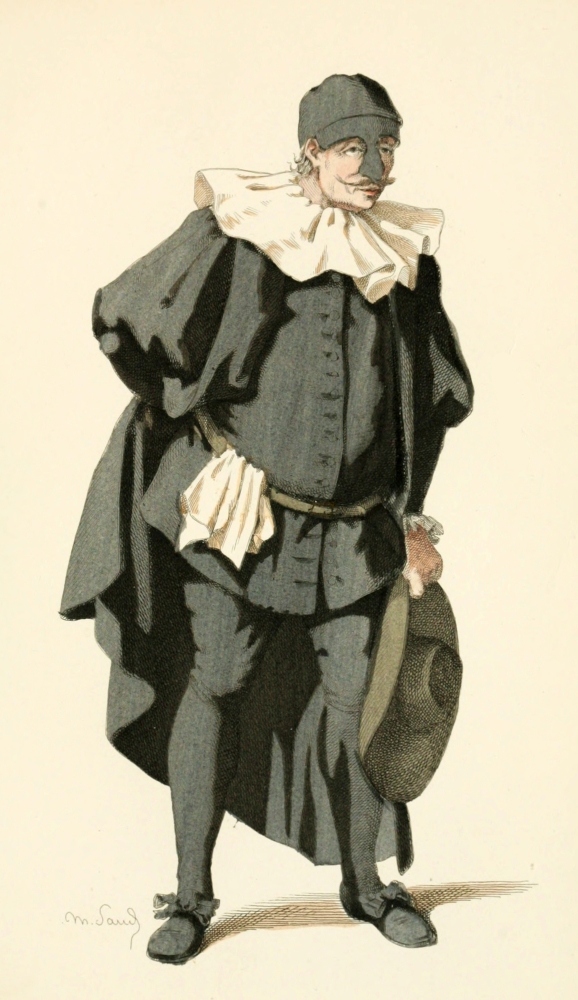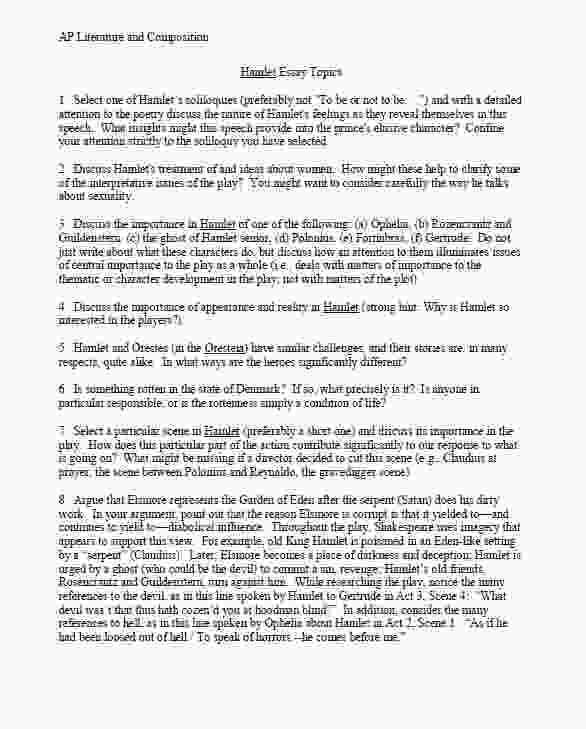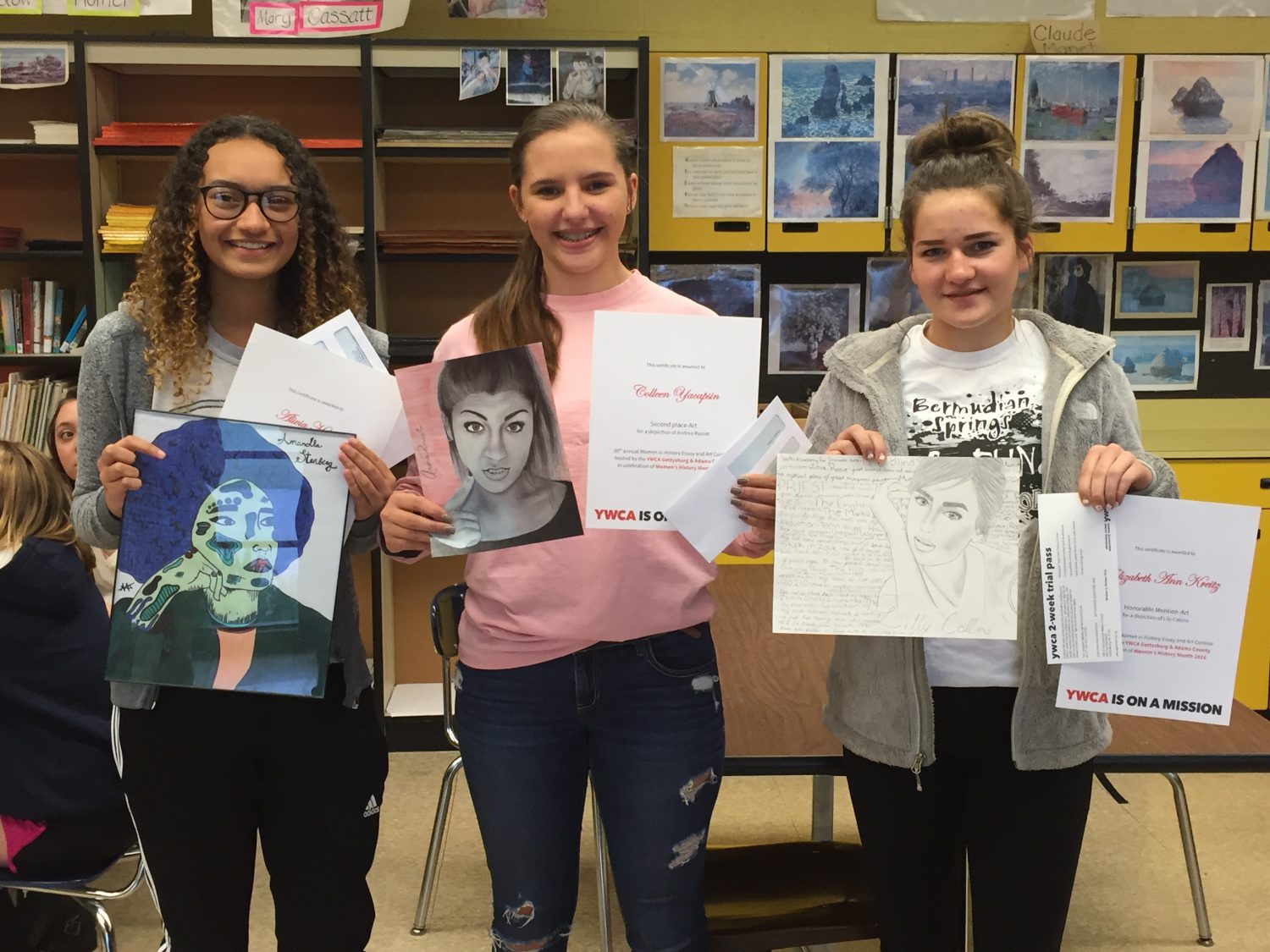Custom 'Rear Window' Film Essay - EssaysWriters.com.
Custom 'Rear Window' Film Essay Rear Window is an American suspense film released in 1954 and directed by Alfred Hitchcock, a man who is commonly known by his pen name William Irish. The film is based on the film “It Had to Be Murder”, a 1942 short story by Cornell Woolrich (Fawell 2).
Rear Window essays are academic essays for citation. These papers were written primarily by students and provide critical analysis of Rear Window by Alfred Hitchcock.

That draws me to this other aspect of the film that I’ve never really considered. Rear Window implicitly asks what it is to be a neighbor or at least what it is to live with neighbors. There’s very little in the realm of actual judgments except for the small condemnation that comes from the woman who lives just above the murderer after her yippy dog has been killed.

Free Alfred Hitchcock Rear Window Film Essay Sample.. There is a strong indication through analysis that Rear Window is one of Alfred Hitchcock's greatest films because it is one of the films Hitchcock spoke of with the most unmitigated pleasure and more frequently referring to it as being his most successful experiments in pure cinema.

Rear Window essays are academic essays for citation. These papers were written primarily by students and provide critical analysis of Rear Window by Alfred Hitchcock. Physical and Emotional Immobility: Parallel Characteristics in 'Rear Window' The Dilemma of Prying 'Rear Window' as a Snapshot of Its Era; Gender Roles and Household Pressures in.

An Analysis of the Hitchcock Movies Rear Window Written by Cornell Woolrich 603 words The Concept of Voyeurism and the Post-War Crisis of Masculinity in Rear Window, a Film by Alfred Hitchcock 2,321 words.

Stephanie Bittar Narrative Analysis Paper MCS 273 Rear Window (1955) Alfred Hitchcock’s 1954 film, Rear Window, explores many dimensions in cinematography. The phenomenal film is well known for proclaiming its voyeurism issues that goes on in today’s society.

Rear Window Analysis Voyeurism and the Audience Rear Window 's main motif is voyeurism; the title itself announces it. Jeff is obsessed with watching his neighbors, and even though he discovers a murder in the process, he's basically invading their privacy by being a peeping Tom who's armed with binoculars and a high-end telephoto lens.

This Essay on Hitchcock’s Rear Window: Dream Analysis was written and submitted by user Ezequiel Colon to help you with your own studies. You are free to use it for research and reference purposes in order to write your own paper; however, you must cite it accordingly.

Rear Window Analysis 2 February 2017 Analysis Hitchcock’s fans and film scholars have taken particular interest in the way the relationship between Jeff and Lisa can be compared to the lives of the neighbors they are spying upon.
Sequence Analysis Assignment Rear Window, is a classical Hollywood mystery capturing many aspects of human curiosity and society as it was in the twentieth century. Through restricted narration Alfred Hitchcock not only portrayed human curiosity, but also awakened a stream of suspense in th.

In Alfred Hitchcock's film, Rear Window, the audience is confronted with the issues of privacy and loneliness. The movie takes place in New York City in the 1950's. The protagonist is a man named L.B. Jeffries, who is stuck with an injured leg, staring.

Essay Alfred Hitchcock 's Rear Window. In Alfred Hitchcock’s Rear Window (1954) is a story about a photographer on his last week of recuperation from his last assignment where he was severely injured on the race track taking a picture of the wreckage.




